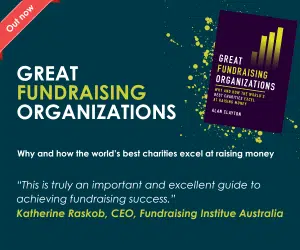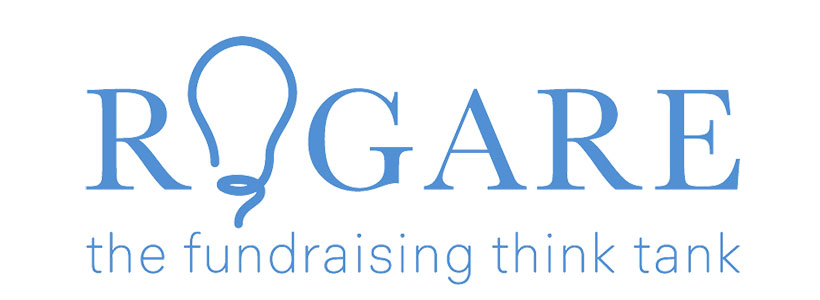Fundraising thinktank devises typology for disintermediated giving

Fundraising think tank Rogare has devised a new typology to identify the different ways charities can be cut out of giving and donation seeking – such as through crowdfunding, microlending, and giving donations directly to those who need them.
Most studies on this ‘disintermediated’ giving have focused on crowdfunding via digital platforms, says Rogare but there are many other ways that charities can be cut out of these processes, with each type of disintermediation raising its own ethical and regulatory issues.
To shine a light on these issues, the thinktank has devised a typology that splits disintermediated giving into three main types and four subtypes that show what is being disintermediated and who is doing it.
Advertisement
The typology
Type A – the traditional charity/NPO is disintermediated, and donations/money/aid/help/support are given by the donor directly to the beneficiary/recipient.
Type Ai – disintermediation of traditional charities by a different entity, e.g. a microlending site such as Kiva.
Type Ai – individuals set up crowdfunding appeals to help specific, named individuals though sites such as GoFundMe.
Type B – the charity/NPO fundraising function is disintermediated, and donations arrive at the charity outside the control of its functional fundraising efforts.
Type Bi – individuals set up fundraising (most likely via crowdfunding platforms) often without the knowledge or consent of the charity in whose aid they are raising funds.
Type Bii – another organisation (usually, but not always, a commercial provider) sets itself up as an alternative (often a more ‘ethical’ alternative) to fundraising organised and run by a charity’s fundraising function. Type Bii often takes the form or microdonation platforms on a digital app.
Type C – the charity’s service provision is disintermediated, not just raising money (Type B) and getting money to beneficiaries (Type A). Type C disintermediation is often done by commercial organisations, but in the past has been done by the state, such as when the British government took over welfare provision from charities in the late 19th Century.

The typology has been published in an open access article in the Journal of Philanthropy and Marketing, co-authored by Rogare director Ian MacQuillin, Kingston University’s Rita Kottasz, Juniper Locilento from the National Arts Centre Foundation/Toronto Metropolitan University, and Neil Gallaiford of Canadian fundraising agency ST (Stephen Thomas) Ltd.
Ian MacQuillin said:
“Each of the types of disintermediation described in our typology raises questions about its practices, ethics, regulation and accountability. For example, at the start of Russia’s invasion of Ukraine, money was transferred to individual Ukrainians via Airbnb bookings. While some celebrated this as ‘democratisation’ of philanthropy, others pointed out that this could ramp up inflation by flooding a wartime economy with cash, making a bad situation worse.
“Some microlending sites intentionally position themselves as more ethical alternatives to charity because, the argument goes, it allows recipients of loans to work their way out of poverty rather than being passive beneficiaries of charity handouts. But does this ensure that all people who need help get it, not just those whose business proposition is attractive to lenders, and it might even reintroduce the notion of the ‘undeserving poor’ through the back door?
“Because we don’t have clear consensus of what we mean by disintermediation, these ethical questions often fly under the radar, and we struggle to come up with solutions because something that seems right for one type of disintermediation might be reject because it’s not appropriate for another type. This typology provides that clarity so we can better see what the ethical and regulatory issues are and so better target our solutions.”
The typology paper is the first output from a Rogare project on disintermediation in the charity sector. Along with the paper’s four authors, the project team includes Tum Kazunga, CEO of Build It International, and SOFII Chair Meredith Niles.
Next steps
The project will be a major focus for Rogare next year as joint project with Kingston University. Next steps will include establishing a research agenda for the ethical and regulatory issues associated with each type of disintermediation, extending and refining the typology, exploring how else disintermediation can happen in fundraising and giving that are not captured by this typology, turning the academic paper into a more easily-accessible paper for a practitioner audience, and co-hosting with Kingston University a symposium on disintermediation in May 2024.
The project will sit within a new work stream at Rogare on the philosophy of fundraising. This work stream will also house ideas on fundraising and postmodernism (the first paper – written by fundraising consultant Dr Ashley Scott – will be published in October), fundraising’s social role, and altruism in a charitable context, with full details of this new work stream to be announced shortly.






